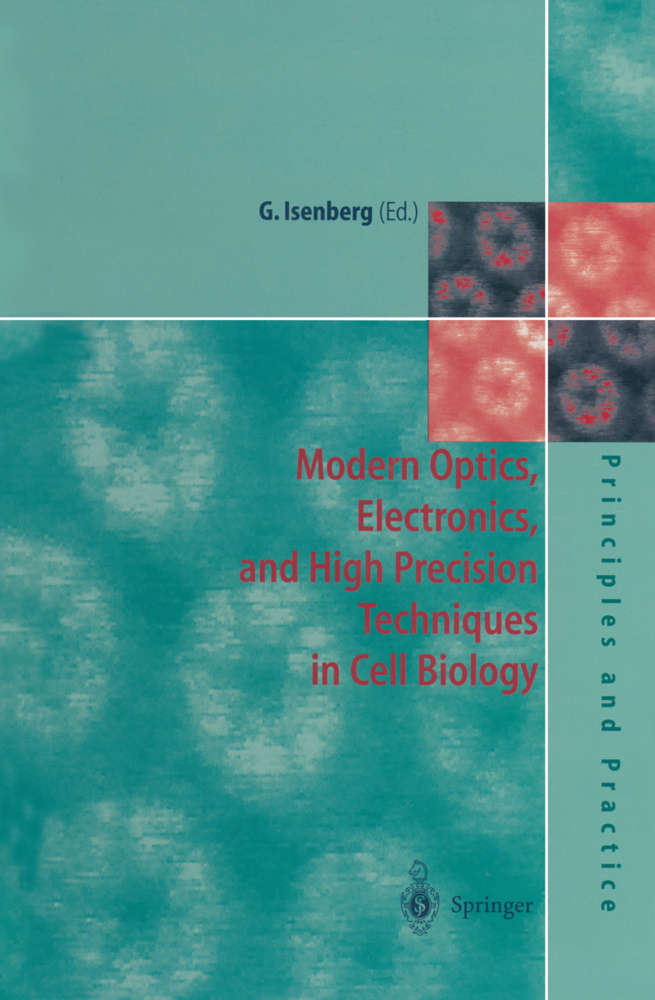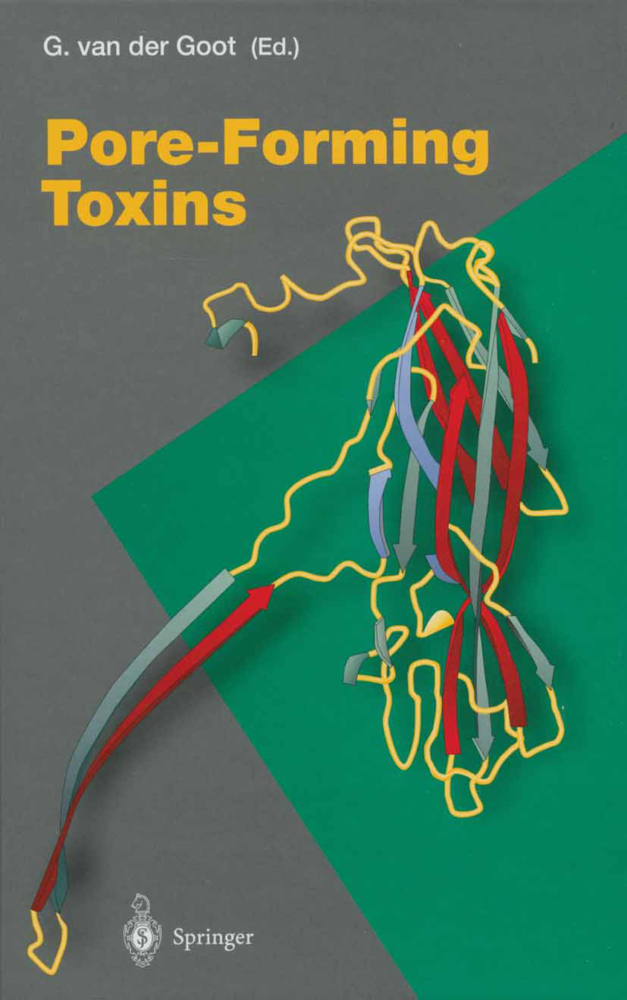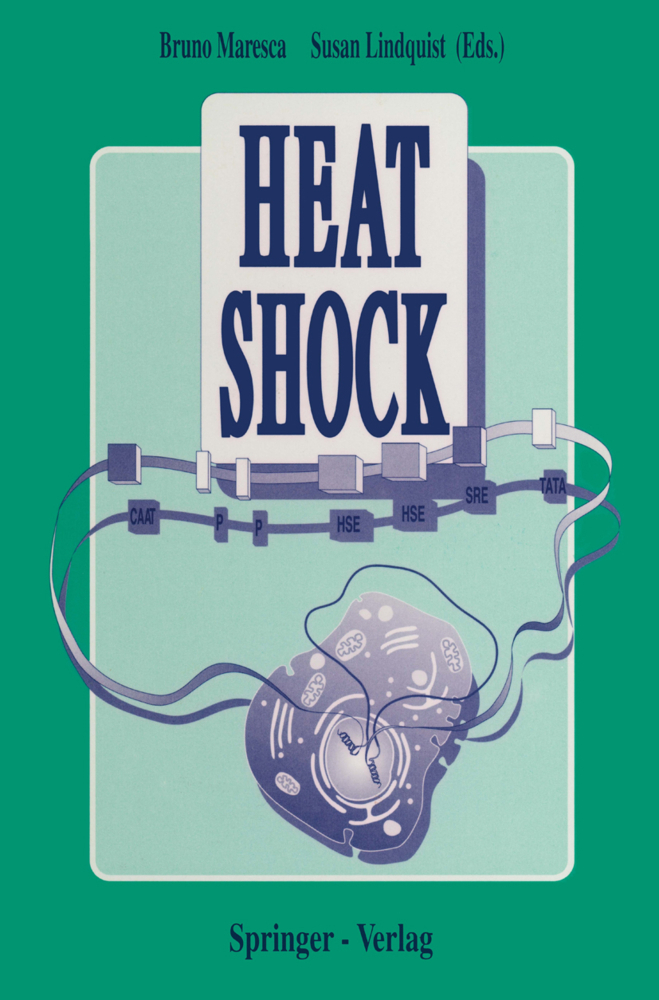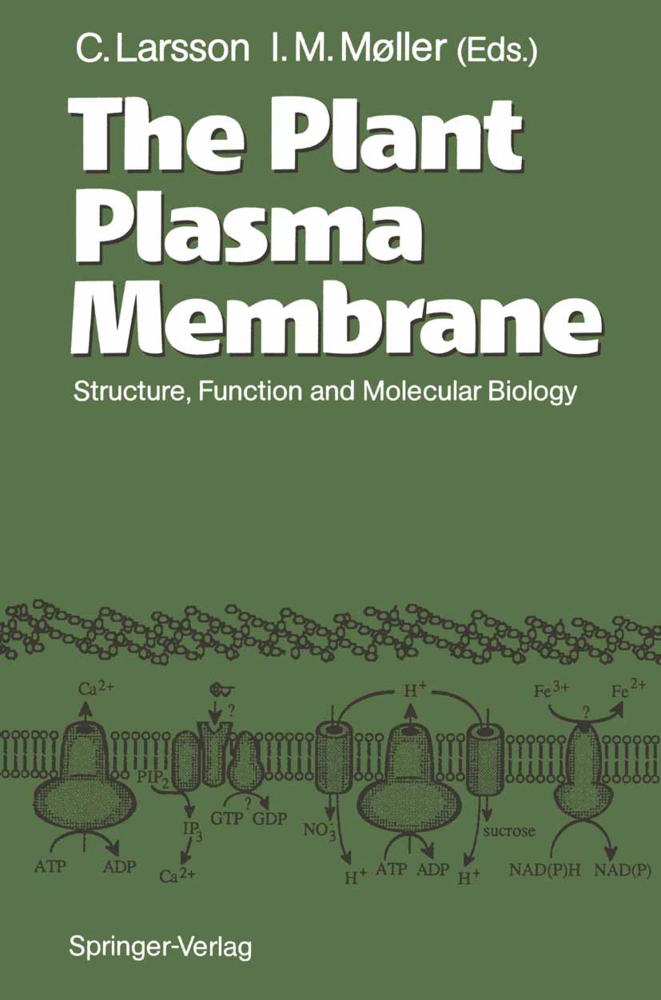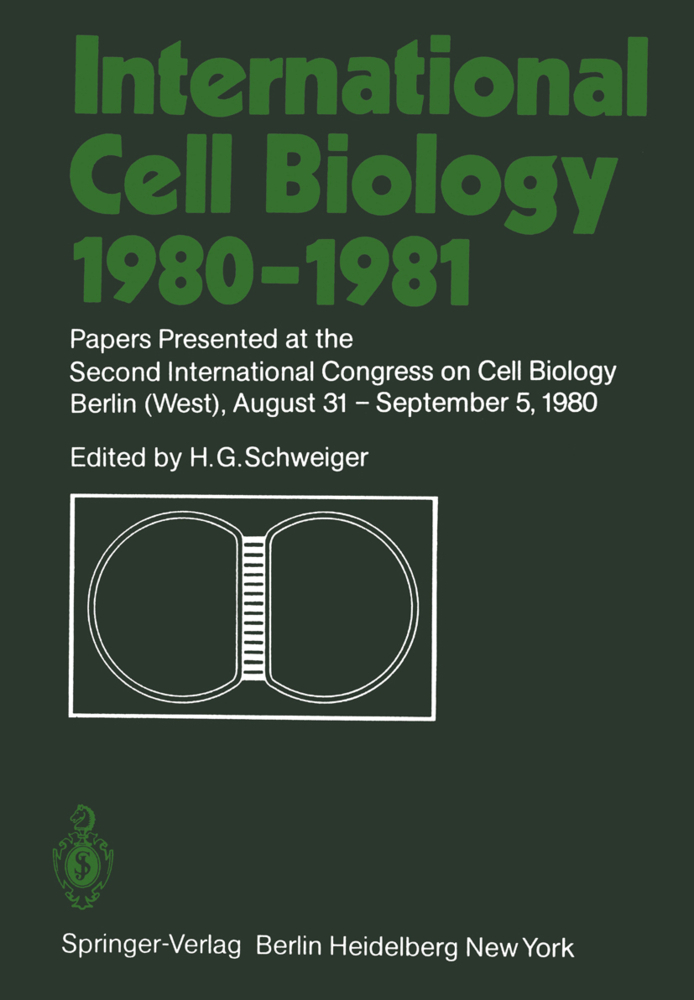Modern Optics, Electronics and High Precision Techniques in Cell Biology
Modern Optics, Electronics and High Precision Techniques in Cell Biology
In spite of tremendous scientific progress over the past years, cell biologists do not yet understand the fundamental processes that determine the life cy cle of a cell. Such are: cell movement and cell spreading, cell division, cell communication, cell signaling, cell regeneration and cell death. Biochemistry has enabled us to recognize and to isolate an overwhelming number of new proteins. In vitro assays and the reinjection of proteins into cells and tissues have provided insights into molecular functions and cellular mechanisms. The renaissance of the genetic approach by applying restriction enzymes and vectors, PCR and antisense technology has enabled us to overexpress certain cellular products, to make altered constructs of cell components or to create "knock-out" mutants that entirely lack the factor of interest. Amazingly en ough, all these molecular toys have led to a stream of information but not, in a comparable degree, to a better understanding. Has the puzzle become too complex to get solved; or are the windows too small that we are looking through? As an attempt to answer both questions, the aim of the present mono graph Modern Optics, Electronics and High Precision Techniques in Cell Biol ogy is first to provide cell and molecular biologists with a whole new scope of easily applicable techniques including brand-new optical, biophysical, physicochemical and biosensoric devices. Secondly, these newly developed techniques allow us to look at cells and biological systems as a whole.
3 Visualization of Neuronal Form and Function in Brain Slices by Infrared Videomicroscopy
4 Time-Resolved Imaging of Membrane Potentials and Cytoplasmic Ions at the Cellular Level with a 50x50 Fiber Array Photodiode Camera
5 Micromanipulation of Macromolecules: How to Measure the Stiffness of Single Microtubules
6 Dynamics of Single Protein Polymers Visualized by Fluorescence Microscopy
7 The Interaction of Proteins with Membrane Surfaces at Molecular Resolution: The Neutron Reflection Method
8 The Study of Fast Reactions by the Stopped-Flow Method
9 Biomolecular Interactions Analysis (BIA Technology). A Universal Biosensor-Based Technology for Biochemical Research and Development
10 Measuring Cellular Locomotion Forces with Micro-Machined Substrates
11 Viscoelasticity, Rheology and Molecular Conformational Dynamics of Entangled and Cross-Linked Actin Networks.
1 Atomic Force Microscopy Provides Molecular Details of Cell Surfaces
2 Basic Principles and Applications of Confocal Laser Scanning Microscopy3 Visualization of Neuronal Form and Function in Brain Slices by Infrared Videomicroscopy
4 Time-Resolved Imaging of Membrane Potentials and Cytoplasmic Ions at the Cellular Level with a 50x50 Fiber Array Photodiode Camera
5 Micromanipulation of Macromolecules: How to Measure the Stiffness of Single Microtubules
6 Dynamics of Single Protein Polymers Visualized by Fluorescence Microscopy
7 The Interaction of Proteins with Membrane Surfaces at Molecular Resolution: The Neutron Reflection Method
8 The Study of Fast Reactions by the Stopped-Flow Method
9 Biomolecular Interactions Analysis (BIA Technology). A Universal Biosensor-Based Technology for Biochemical Research and Development
10 Measuring Cellular Locomotion Forces with Micro-Machined Substrates
11 Viscoelasticity, Rheology and Molecular Conformational Dynamics of Entangled and Cross-Linked Actin Networks.
Isenberg, Gerhard
| ISBN | 9783642803727 |
|---|---|
| Artikelnummer | 9783642803727 |
| Medientyp | Buch |
| Auflage | Softcover reprint of the original 1st ed. 1998 |
| Copyrightjahr | 2012 |
| Verlag | Springer, Berlin |
| Umfang | 261 Seiten |
| Abbildungen | VIII, 261 p. 77 illus., 14 illus. in color. |
| Sprache | Englisch |

